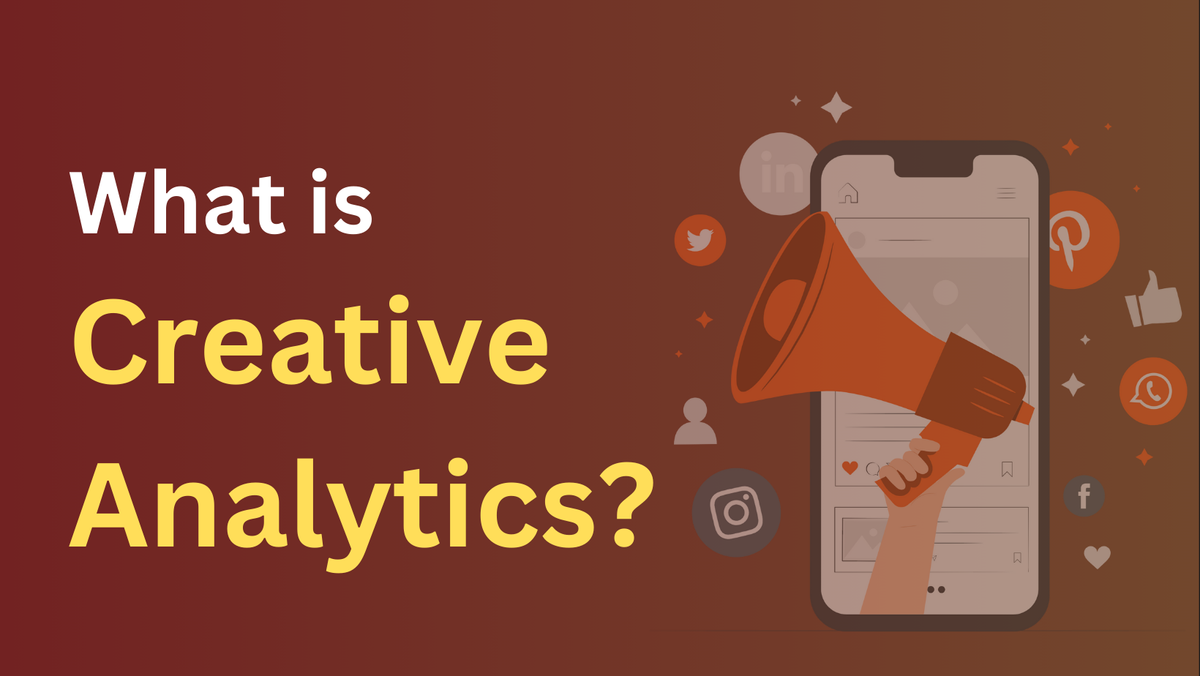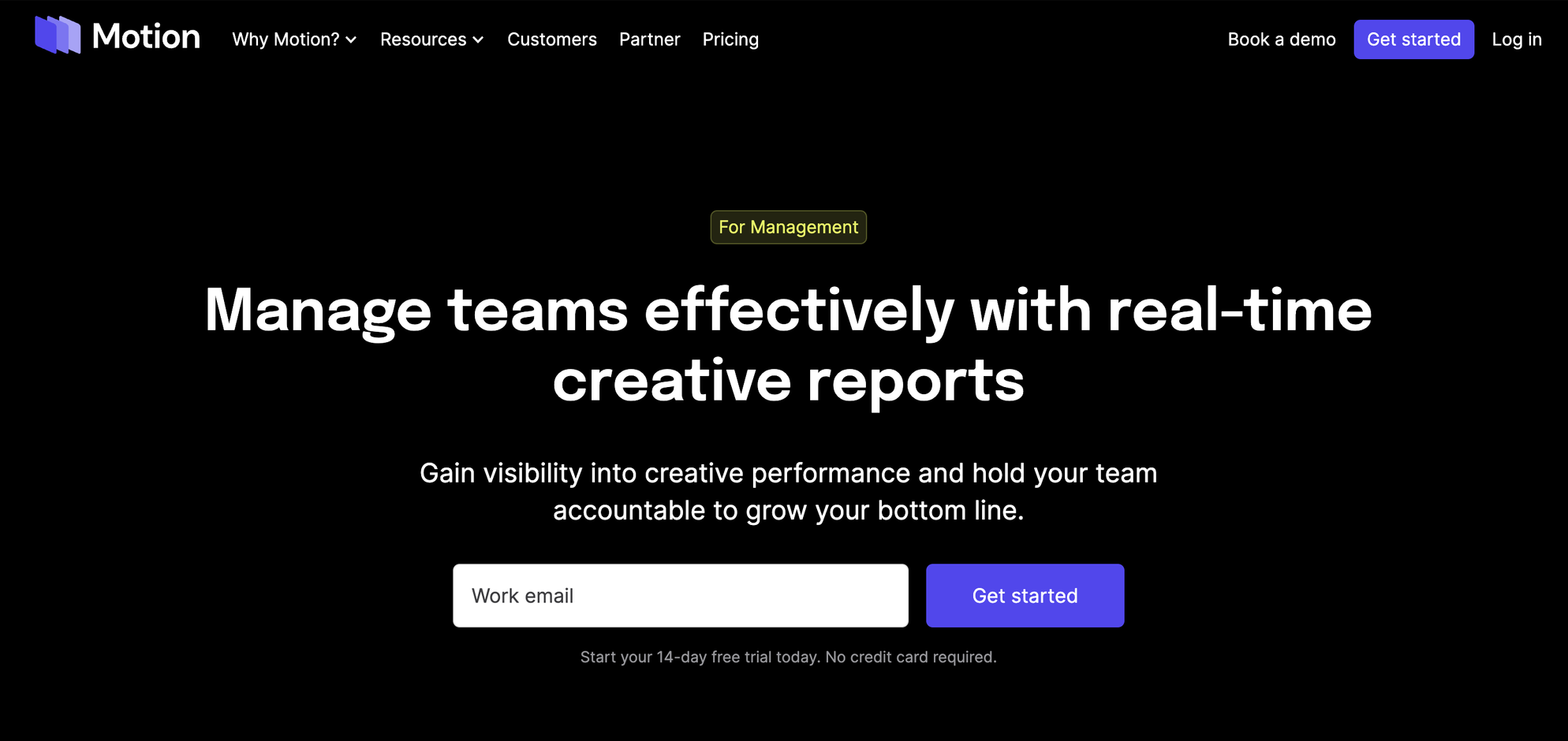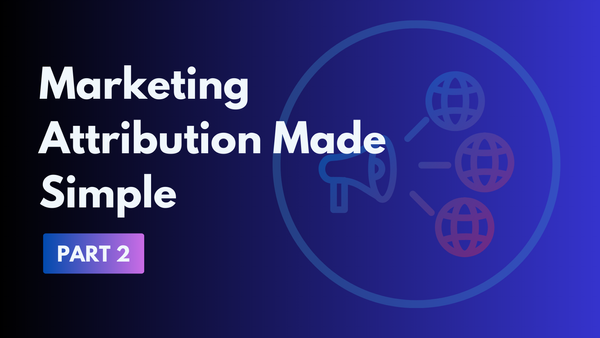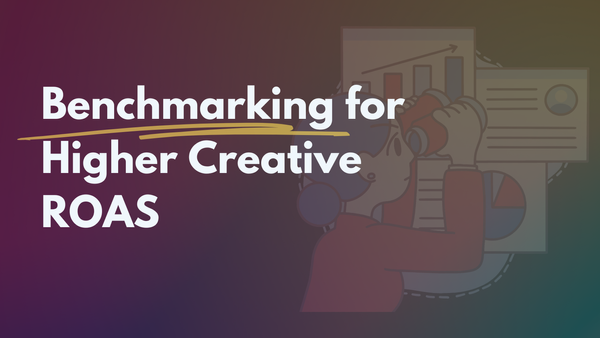What is Creative Analytics?
Over the last couple of years, creative analytics has been making its way to the digital marketing spotlight. But what exactly is it? And how does it help?

In the digital age, data is king. This is especially true in digital marketing, where success is driven by the ability to capture and analyze data to enhance creativity and campaign performance.
Creative analytics is transforming the way brands approach digital advertising, making marketing efforts not only more effective but also more efficient. Let’s explore what creative analytics entails and why it's crucial for digital marketing strategies today.
Understanding Creative Analytics
Creative analytics involves using data to evaluate and optimize the performance of creative content across various digital platforms.
It blends traditional data analysis with innovative marketing strategies to improve user engagement, conversion rates, and overall campaign effectiveness.
By focusing on data-driven insights, marketers can refine their creative outputs to better resonate with their target audiences.
Key Components of Creative Analytics
Performance Measurement:
At the heart of creative analytics is the ability to measure how different creative assets perform. Tools like Google Analytics provide insights into metrics such as click-through rates, engagement rates, and conversions.
Understanding these metrics helps marketers determine which creative formats—be it images, videos, or copy— or the elements within a creative (like a logo, the audio or background), perform best.
A/B & Multi-variate Testing:
These are fundamental techniques within creative analytics that involve comparing different versions of a creative element to see which one performs better.
A/B testing compares two versions directly, while multivariate testing explores how multiple variables interact to affect performance.
These methods are essential for fine-tuning advertisements, landing pages, and even email marketing campaigns, ensuring that all creative content is optimized for maximum impact.
User Interaction Analysis:
Techniques like heat mapping offer visual insights into how users interact with online content. Understanding where users click, how far they scroll, and what actions they take can inform adjustments in creative design to enhance user engagement and improve user experience.
Predictive Analytics:
By leveraging historical data, marketers can predict future trends and the potential success of different creative strategies. This proactive approach allows for better planning and can significantly enhance the targeting accuracy of campaigns.
Sentiment Analysis:
Analyzing user comments and social media posts helps gauge the audience's sentiments toward certain creative content. This feedback is invaluable for adjusting campaigns to better align with audience preferences and enhance engagement.
The Importance of Creative Analytics in Digital Marketing
Data-Driven Decisions:
With creative analytics, digital marketing moves from a speculative approach to a more strategic, data-driven methodology. This shift allows for more precise targeting and customization of marketing messages, leading to improved campaign performance.
Cost Efficiency:
Identifying underperforming creative elements enables marketers to allocate budgets more effectively, reducing waste and focusing resources on content that works.
Enhanced Personalization:
Creative analytics supports advanced personalization techniques. By understanding different audience segments, marketers can tailor their creative content to meet specific needs and preferences, increasing the relevance and effectiveness of their campaigns.
Continuous Improvement:
The digital landscape is ever-changing, and creative analytics provides the tools to adapt swiftly. Continuous monitoring and tweaking of strategies based on real-time data keep campaigns fresh and effective.
Tools and Technologies
Several tools facilitate creative analytics in digital marketing, including:
- Pint AI: A creative intelligence and reporting tool, Pint AI tracks elements within an ad creative, and analyzes which elements give the best conversions. This helps create more winners, increase returns, and inform your next cycle of creative production. The tool is currently being built, but you can sign up for the waitlist here:

- Motion: MotionApp streamlines creative analytics for digital marketing, providing tools to visually report and optimize paid social ads, helping teams generate more revenue with data-driven creative insights.

- Replai: Replai harnesses the power of AI to automatically analyze and optimize video game and app creatives, enhancing user acquisition and engagement through data-driven insights.

- Vidmob: VidMob is a creative analytics platform that uses artificial intelligence to provide actionable insights into video performance, helping marketers improve content quality and campaign effectiveness.

Creative analytics represents a significant evolution in how digital marketing campaigns are devised and executed.
By integrating data analysis into creative processes, brands can not only validate their creative decisions but also discover new opportunities for engagement that might have been overlooked.
As the digital marketing realm becomes more competitive, the brands that will stand out are those that effectively harness the insights provided by creative analytics.





